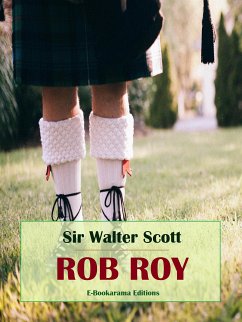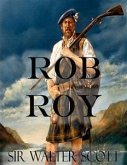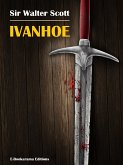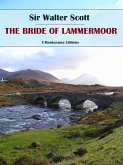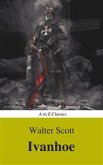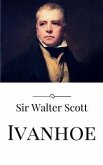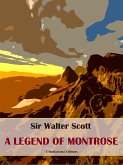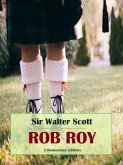"Rob Roy" by Sir Walter Scott is a historical fiction novel as gripping as his masterpiece "Ivanhoe". It is part of the Waverley novels, a series of Scott's books that focused on Scottish history and it is considered a quintessential work in the genre of Romanticism, inspiring countless tales of swashbuckling and chivalry ever since
Although "Rob Roy" was published in 1817, it is a story based on the actual historical figure of Robert Roy MacGregor, born in the late 1600s in Scotland. He was an outlaw, a bandit, and often compared to Robin Hood.
Rob Roy lived during a period in Scottish history where many people were frustrated. At the time, there was no king to rule Britain, and many wanted James VII of Scotland (or II of England) and his descendants to rule. This frustration spurred the Jacobite risings, riots, and battles to put James II and his descendants back on the throne. Jacobite comes from Jacobus which is the Latin name for James. Rob Roy participated in these Jacobite risings. His legacy is one of courage, bravery, and standing up for his beliefs.
Hinweis: Dieser Artikel kann nur an eine deutsche Lieferadresse ausgeliefert werden.
Although "Rob Roy" was published in 1817, it is a story based on the actual historical figure of Robert Roy MacGregor, born in the late 1600s in Scotland. He was an outlaw, a bandit, and often compared to Robin Hood.
Rob Roy lived during a period in Scottish history where many people were frustrated. At the time, there was no king to rule Britain, and many wanted James VII of Scotland (or II of England) and his descendants to rule. This frustration spurred the Jacobite risings, riots, and battles to put James II and his descendants back on the throne. Jacobite comes from Jacobus which is the Latin name for James. Rob Roy participated in these Jacobite risings. His legacy is one of courage, bravery, and standing up for his beliefs.
Hinweis: Dieser Artikel kann nur an eine deutsche Lieferadresse ausgeliefert werden.

